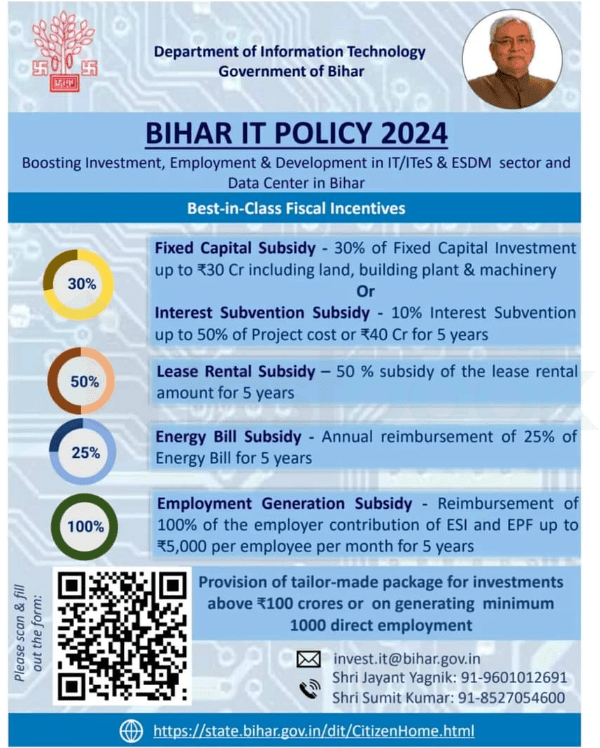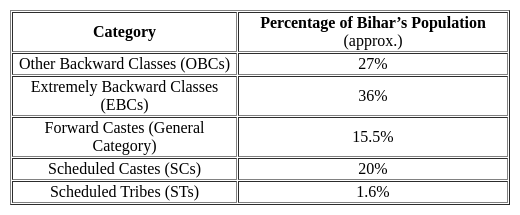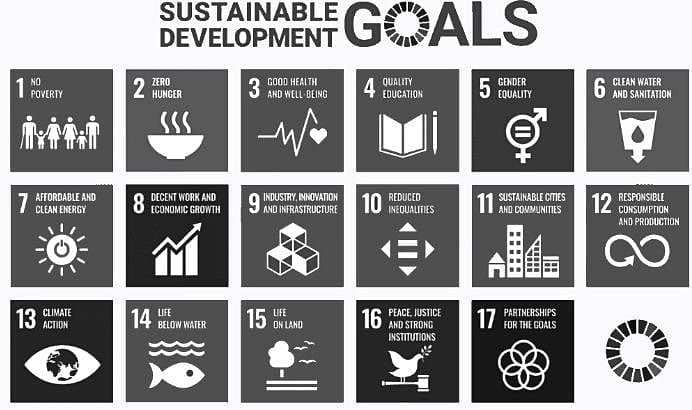Software Development Exam > Software Development Tests > Test: Bihar Specific (Economy - II) - Software Development MCQ
Test: Bihar Specific (Economy - II) - Software Development MCQ
Test Description
10 Questions MCQ Test - Test: Bihar Specific (Economy - II)
Test: Bihar Specific (Economy - II) for Software Development 2025 is part of Software Development preparation. The Test: Bihar Specific (Economy - II) questions and answers have been prepared
according to the Software Development exam syllabus.The Test: Bihar Specific (Economy - II) MCQs are made for Software Development 2025 Exam.
Find important definitions, questions, notes, meanings, examples, exercises, MCQs and online tests for Test: Bihar Specific (Economy - II) below.
Solutions of Test: Bihar Specific (Economy - II) questions in English are available as part of our course for Software Development & Test: Bihar Specific (Economy - II) solutions in
Hindi for Software Development course.
Download more important topics, notes, lectures and mock test series for Software Development Exam by signing up for free. Attempt Test: Bihar Specific (Economy - II) | 10 questions in 20 minutes | Mock test for Software Development preparation | Free important questions MCQ to study for Software Development Exam | Download free PDF with solutions
Test: Bihar Specific (Economy - II) - Question 1
What is the rank of Bihar in mushroom production in India according to the National Horticulture Board?
Detailed Solution for Test: Bihar Specific (Economy - II) - Question 1
Test: Bihar Specific (Economy - II) - Question 2
Consider the statements related to benefits announced for any IT industry that invests in Bihar under Bihar IT Policy 2024:
1. 30% of fixed Capital Investment up to ₹30 crore
2. 20% of interest subvention up to ₹40 crore
3. 50% of subsidy on Land rental amount for 5 years
4. Annual reimbursement of 20% of Energy bill for 5 years
Which of the statements given above is/are correct?
Detailed Solution for Test: Bihar Specific (Economy - II) - Question 2
Test: Bihar Specific (Economy - II) - Question 3
Vision India 2047" a blueprint to make India a developed nation by 2047 is released by which of the following body?
Detailed Solution for Test: Bihar Specific (Economy - II) - Question 3
Detailed Solution for Test: Bihar Specific (Economy - II) - Question 4
Test: Bihar Specific (Economy - II) - Question 5
Which financial incentive is NOT included in the Bihar Tourism Policy 2023 for investors?
Detailed Solution for Test: Bihar Specific (Economy - II) - Question 5
Test: Bihar Specific (Economy - II) - Question 6
What is the maximum capital subsidy percentage offered for investments exceeding Rs 50 crore under the Bihar Tourism Policy 2023?
Detailed Solution for Test: Bihar Specific (Economy - II) - Question 6
Test: Bihar Specific (Economy - II) - Question 7
Recently, Bihar became the first state to release data from a caste-based survey. The report indicates _____________of the population are from Extremely Backward Classes.
Detailed Solution for Test: Bihar Specific (Economy - II) - Question 7
Test: Bihar Specific (Economy - II) - Question 8
Eliminate Child marriage by 2030. This goal is covered under which of the UN Sustainable Development Goals?
Detailed Solution for Test: Bihar Specific (Economy - II) - Question 8
Test: Bihar Specific (Economy - II) - Question 9
The NABARD pilot project for digitisation of SHG-BLPs (Self Help Group-Bank Linkage Programme) is called as :
Detailed Solution for Test: Bihar Specific (Economy - II) - Question 9
Test: Bihar Specific (Economy - II) - Question 10
As per the 2024–25 interim budget, What is the government's disinvestment plan for the current fiscal year?
Detailed Solution for Test: Bihar Specific (Economy - II) - Question 10
Information about Test: Bihar Specific (Economy - II) Page
In this test you can find the Exam questions for Test: Bihar Specific (Economy - II) solved & explained in the simplest way possible.
Besides giving Questions and answers for Test: Bihar Specific (Economy - II), EduRev gives you an ample number of Online tests for practice
Download as PDF





















